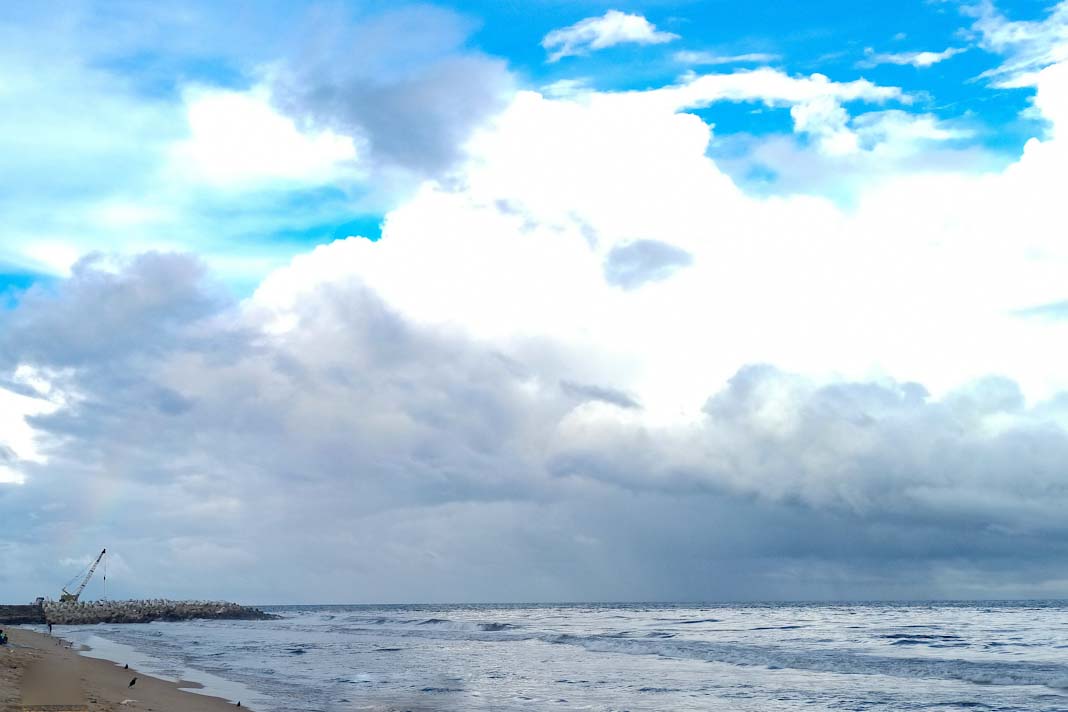 As the maritime industry faces tightening emissions regulations, fuel-saving technologies are more critical than ever. One such technology is ultrasonic antifouling, which not only improves fuel efficiency but also aligns with global sustainability goals by preventing biofouling at the source, reports Riviera.
As the maritime industry faces tightening emissions regulations, fuel-saving technologies are more critical than ever. One such technology is ultrasonic antifouling, which not only improves fuel efficiency but also aligns with global sustainability goals by preventing biofouling at the source, reports Riviera.
Hidden costs
Biofouling is the build-up of marine life on a vessel’s submerged surfaces. From the moment a ship enters the water, microorganisms like algae, followed by larger macro-fouling organisms such as barnacles, begin to adhere to the hull.
While biofouling is often overlooked as a contributor to the escalating costs in maritime operations, the gradual accumulation of marine organisms is a silent, yet costly, adversary for shipowners.
Threat
In addition to its impact on costs and emissions, biofouling poses a threat to marine ecosystems. The spread of invasive aquatic species via vessel hulls can devastate local habitats, outcompeting native species and causing biodiversity loss. Addressing this is critical for both the shipping industry and global marine conservation efforts.
Cathelco’s patented USP DragGone™ technology transmits ultrasonic waves through the hull surface, disrupting biofouling at the micro level. By preventing biofouling from the outset, DragGone™ provides a non-invasive and cost-effective method of maintaining hull cleanliness without the need for dry-docking.
A key feature of DragGone™ is its use of guided wave and heterodyning technologies. Guided wave technology allows ultrasonic waves to travel longer distances, covering more surface area with 60% fewer transducers.
Fuel and emissions savings
Effective biofouling management is identified as a key optimisation element for reducing a vessel’s carbon intensity and achieving the International Maritime Organization’s (IMO) ambitious goal of net-zero GHG emissions from international shipping by 2050.
Beyond its environmental benefits, the system’s proactive approach provides a tangible financial return on investment. By reducing the need for manual cleaning and frequent dry-docking, it enhances vessel readiness and efficiency, ensuring ships can continue operating with minimal disruption.
Cathelco’s ultrasonic antifouling system, DragGone™, sets a new standard in biofouling management. It not only ensures compliance with these regulations but also helps ship operators demonstrate their commitment to sustainability.
As operators face increasing scrutiny and pressure to demonstrate environmental responsibility, adopting sustainable technologies is crucial, allowing the maritime industry to stay competitive while safeguarding the oceans it depends upon.
Did you Subscribe to our daily newsletter?
It’s Free Click here to Subscribe!
Source: Riviera















